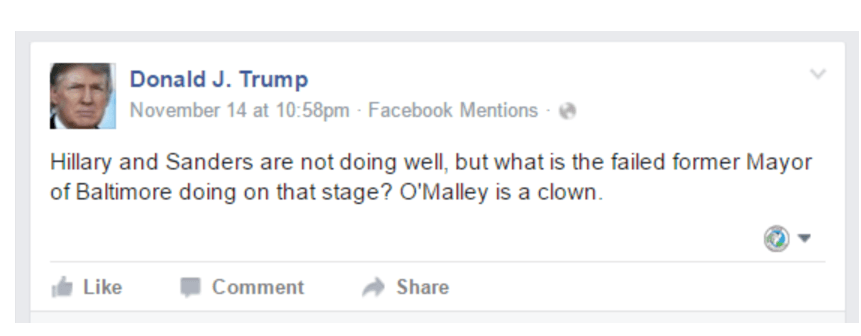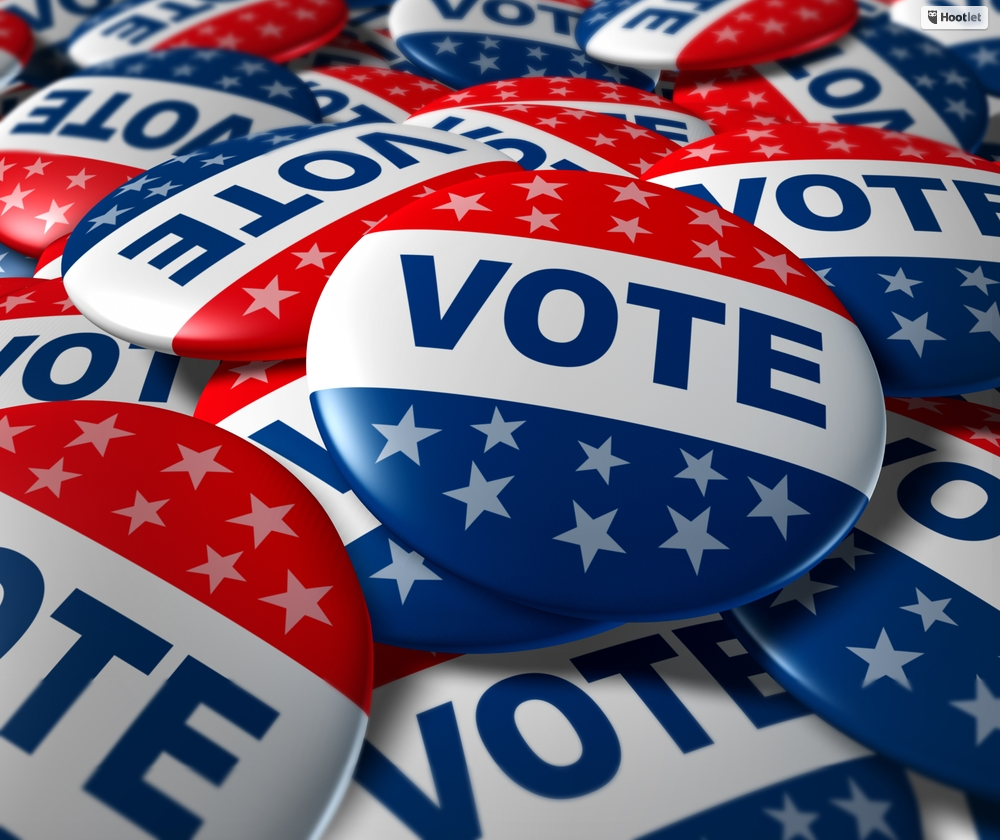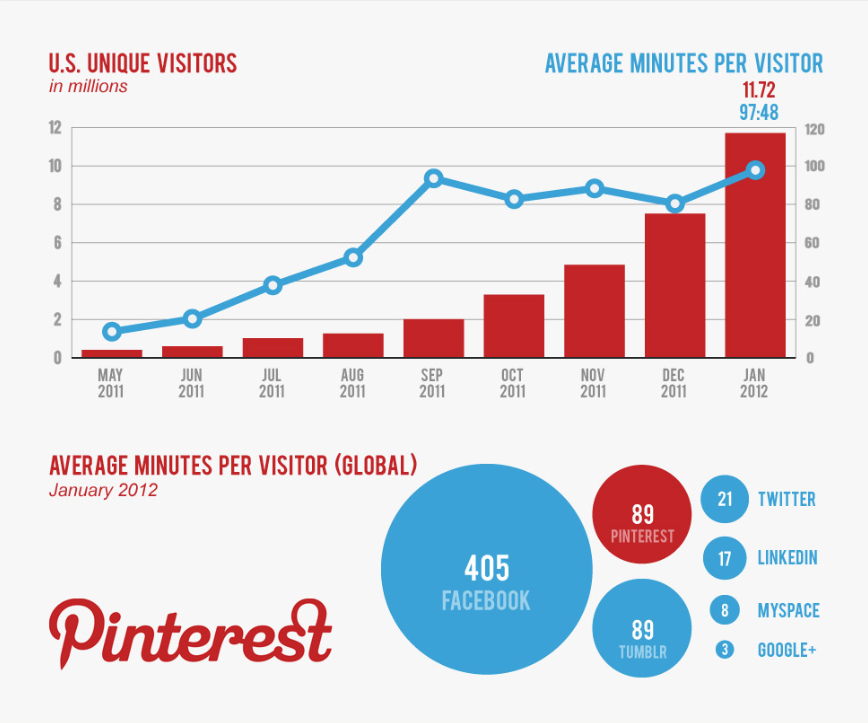The Subconscious Effectiveness of Negative Campaigning
By Chris Largent, Marist College Intern

The History of Negative Campaigning
Negative campaigning has been around for centuries. One of the first instances of this campaigning method was in the early 19th century between John Adams and Thomas Jefferson. Although fierce friends while fighting for independence, running for the presidential office proved to be quite the strain on their friendship. Adams and Jefferson slung insults at each other that make the smear ads of today pale in comparison. Jefferson labeled Adams a fool, a hypocrite, a criminal, and a tyrant. Adams branded Jefferson a weakling, an atheist, a libertine, and a coward (Swint, 2012).
The use of negative campaigning did not slow down throughout history either. In the 1872 race between Grant and Greeley was dubbed “a shower of mud” by The New York Sun (Wehner, 2010). And then there was the 1964 election between Lyndon B. Johnson and Barry Goldwater. LBJ released an ad found here depicting a four-year-old girl picking the petals off of a daisy abruptly interrupted by a nuclear blast. LBJ claimed in the ad that, “These are the stakes” if he is not elected (Gordon, 2012).
Often times these ads leave a bad taste in our mouths. We ask ourselves– Why can’t there be fair play? Why does a politician have to degrade another? So, if viewers dislike being shown these ads, then why do politicians put them out?
The answer is simple: because it works.
It Works, Subliminally
At face value, negative campaigning seems to be no more than mud slung from one side of the aisle to the other. Adams calling Jefferson an atheist seems to be a shallow stab at the founding father’s character. However, these tactics are far from simple insults. What makes this tactic so successful is that it plays on what people fear the most at the time. At the time Adams made his statement about Jefferson, the Enlightenment area had just come to a close, and the United States was still a very pious nation. The accusation of atheism surely frightened a good number of religious minded voters.
Lyndon B. Johnson’s ad of the little girl was released at the peak of the Cold War. His depiction of a little girl being blown away by a nuclear blast would have hit very close to home with Americans at the time.
A more recent ad put out by Hillary Clinton’s administration during her campaign against Obama in the 2008 election claimed that she was more qualified to keep American families safe than her fellow candidate. According to a study, although many viewers said that they disliked the ad, it was still very effective. The study found that viewers of the ads unconsciously associated negative words when shown a picture of Obama after seeing the ad put out by Clinton (Westen, 2012).
Negative Campaigning in the Current Race
For the current presidential race, negative campaigning has been at an all time high. An astounding 96% of all presidential advertisements have been smearing toward candidates, according to a CNN article (Stelter, 2015). So with so much negative slander going around, how does one candidate stand out? There are two nominees that have taken opposite stances: Donald Trump and Bernie Sanders.
Trump
Trump has made it his business to smear anyone and everyone who gets in his way. He has created a brand for himself that depicts him as a man who will say anything about anyone. He constantly bashes his opponents on both sides of the political spectrum. One example of this is his post on Facebook from November 14th in which he claims that Clinton, Sanders and O’Malley were doing poorly in their debate:

Sanders
Bernie Sanders, on the other hand, is doing the exact opposite of Trump. In an interview with CNN, Sanders claimed that he will not run any negative ads. In fact, he even went as far as to praise Hillary in the interview, saying that he “respect[s] Hillary Clinton” and that “He is more concerned with addressing the substantive issues than in tearing down his opponent” (Brekhus, 2015). This seems to be just as bold a strategy as Trump’s. This, however, embodies Bernie’s brand as well. He has asserted himself as a straightforward man as well, stating his strong opinions on his Facebook and being dubbed a “king of social media.”
It is hard to predict which strategy will work for either contestant. Although Trump is currently leading Republican polls, his numbers and spreads are never much higher than Sanders’. It seems as though the crowd will have to be thinned, the race will have to come down to the wire to see for certain.
To learn more about negative campaigning and branding visit our website: hudsonvalleypublicrelations.com or give us a call at: 845.202.7087
Sources:
Swint, K. (Aug. 22, 2008) Founding Fathers’ dirty campaign. Retrieved on November 17, 2015 from http://www.cnn.com/2008/LIVING/wayoflife/08/22/mf.campaign.slurs.slogans/index.html?_s=PM:LIVING
Wehner, P. (https://www.commentarymagazine.com/politics-ideas/campaigns-elections/some-historical-perspective-on-negative-campaigning/
Gordon, J. S. (Jan. 4, 2012). Gingrich and the History of Negative Campaigning. The Wall Street Journal. Retrieved on Novermber 17, 2015 from: http://www.wsj.com/articles/SB10001424052970203391104577124622834142632
Stelter, B. (Apr. 15, 2015). Campaign ads get negative right away. CNN Money. Retrieved on November 17, 2015 from: http://money.cnn.com/2015/04/15/media/negative-campaign-ads-already/
Westen, D. (Feb. 19, 2012). Why attack ads? Because they work. Los Angeles Times. Retrieved on November 17, 2015 from: http://articles.latimes.com/2012/feb/19/opinion/la-oe-westen-why-negative-campaigning-works-20120219
Brekhus, K. (May. 19, 2015). Bernie Sanders Rejects Negative Campaigning, Says He Likes Hillary Clinton. Politics USA. Retrieved on November 17, 2015 from: http://www.politicususa.com/2015/05/19/bernie-sanders-rejects-negative-campaigning-likes-hillary-clinton.html









